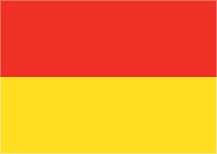
RED & YELLOW FLAGS
Swim between the flags

RED FLAG
No swimming

Yellow Flag
Caution required. Potential hazards.

Red & White Flag
Evacuate the water

Black & White Flag
Surfcraft riding area boundary
The beach is a dynamic, ever-changing environment. Although it can be fun, it can also be unpredictable and dangerous to people who are unaware of the hazards that can be present at times. That’s why trained lifeguards who understand the beach use a system of flags and signs to advise the people who visit with the important things they need to know.
The most important flags on the beach are the RED and YELLOW flags. These show the supervised area of the beach and that a lifesaving service is operating. If there are no red and yellow flags, check with the lifeguards and if unsure don’t go in the water.
Safety signs are put in place to warn you about the permanent and occasional hazards that are present in the environment. Some of these signs are permanent for long term hazards. However, others are put into place each day by the lifeguards to show you the hazards present on that day in a specific location: such as rip currents which can change locations on different days.





Use a yellow background, and include simple images to communicate what you should be aware of. It’s important to always observe and abide by the safety signs.
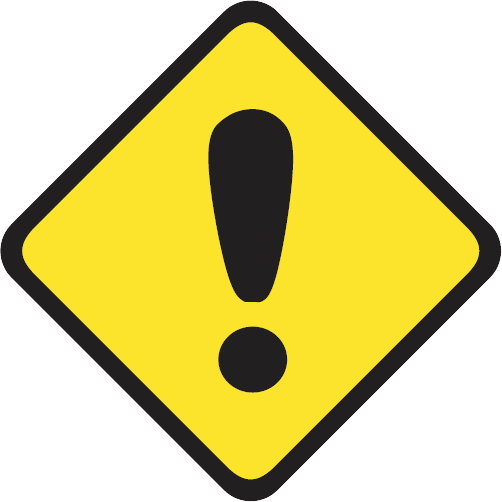
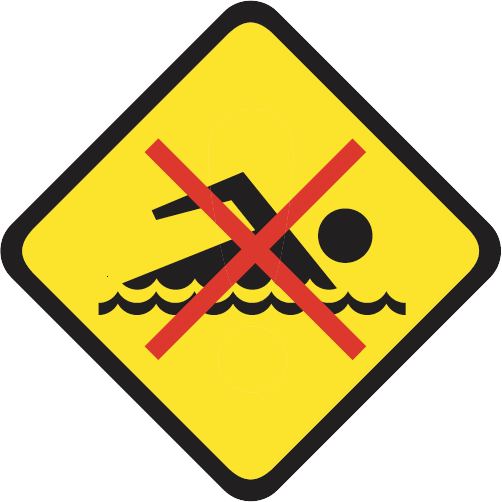
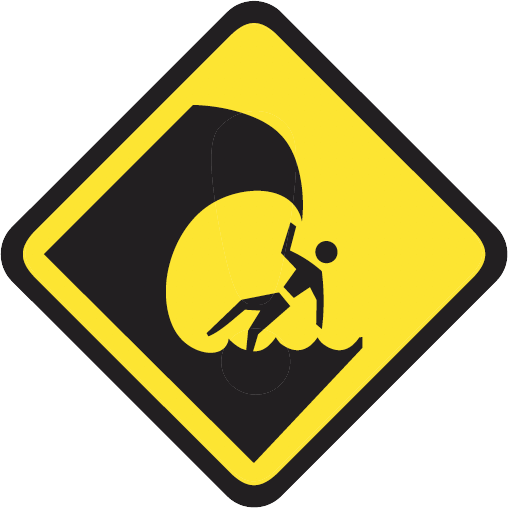
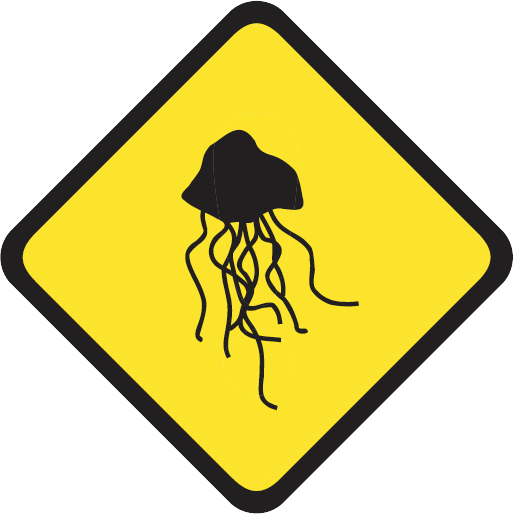
Regulatory signs advise you about prohibited or permissible activities at the beach. These are red circles, with diagonal lines across a black symbol. There may be penalties imposed if you disregard these signs. A green circle means an activity is permissible.
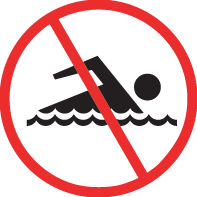
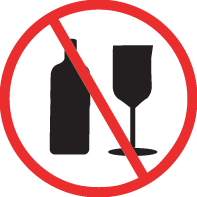
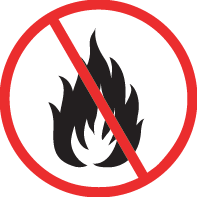

Provide information about features or activities which may be present on the beach.

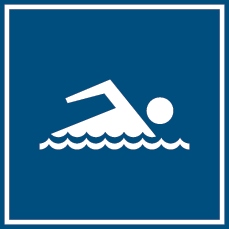
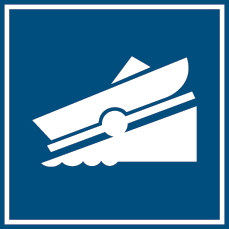

Indicate the safety provisions or provide safety advice such as emergency beacons, public rescue equipment or first aid.


